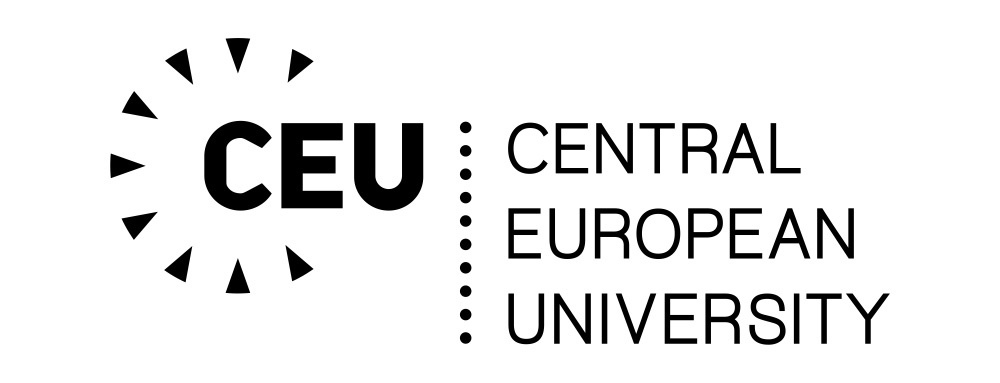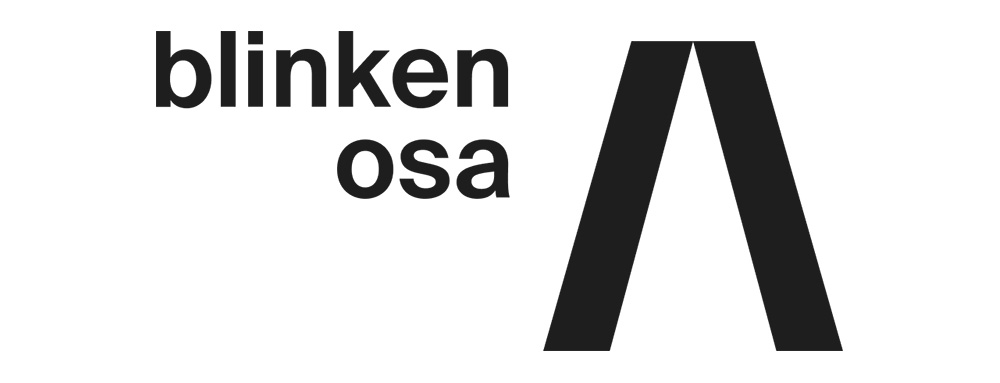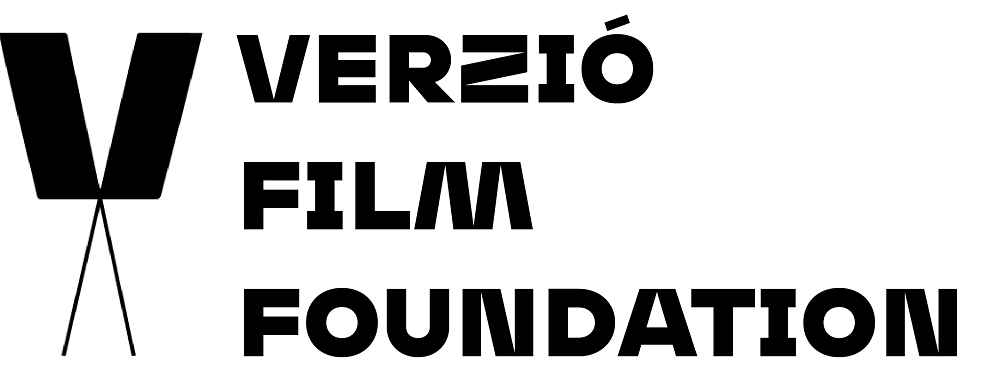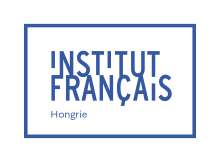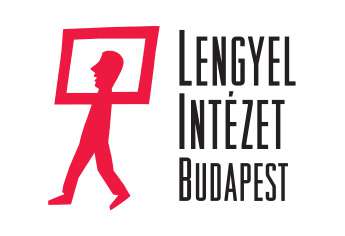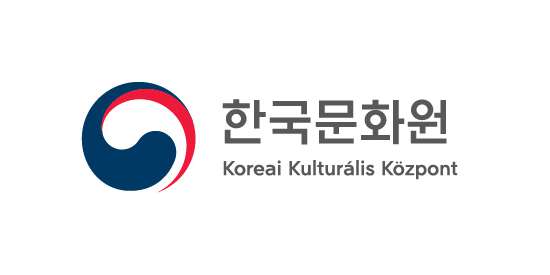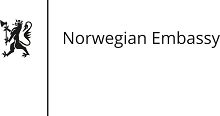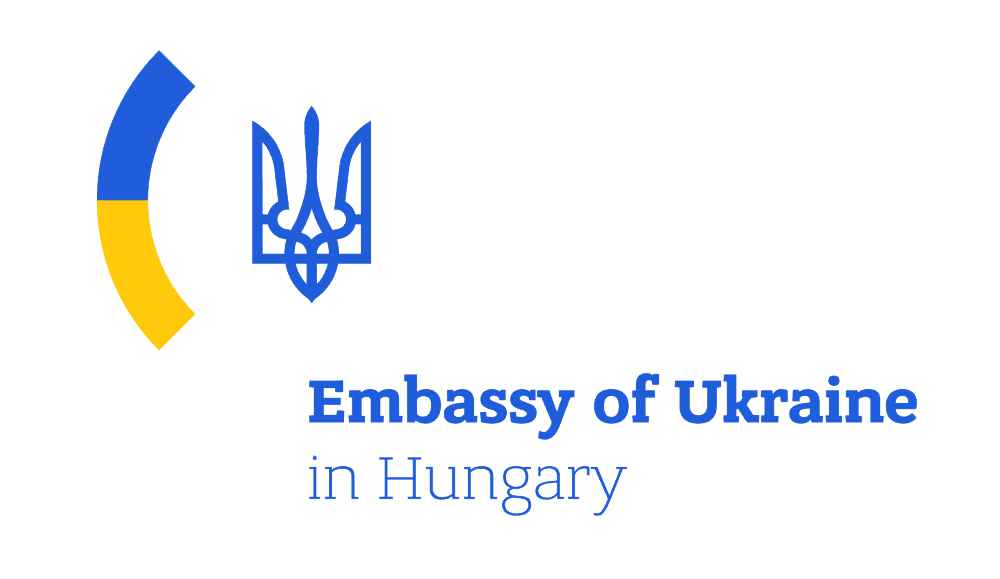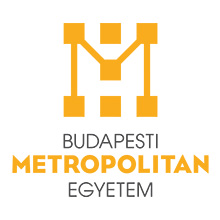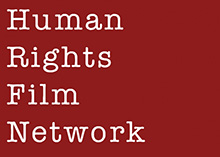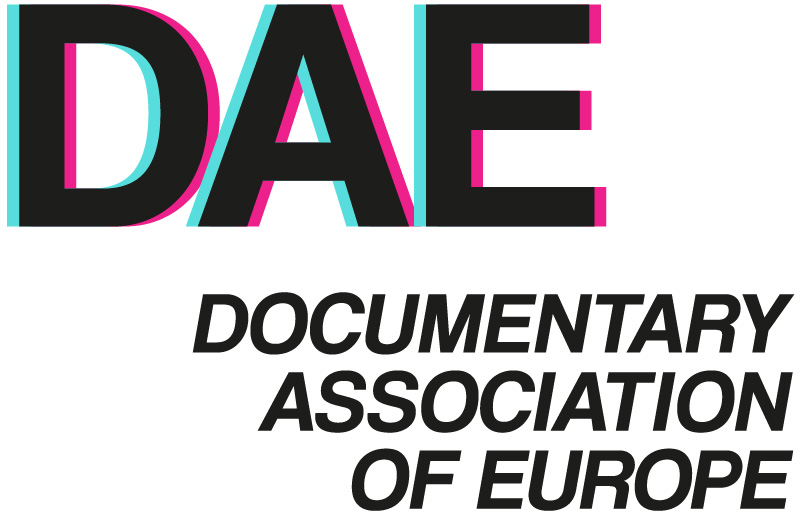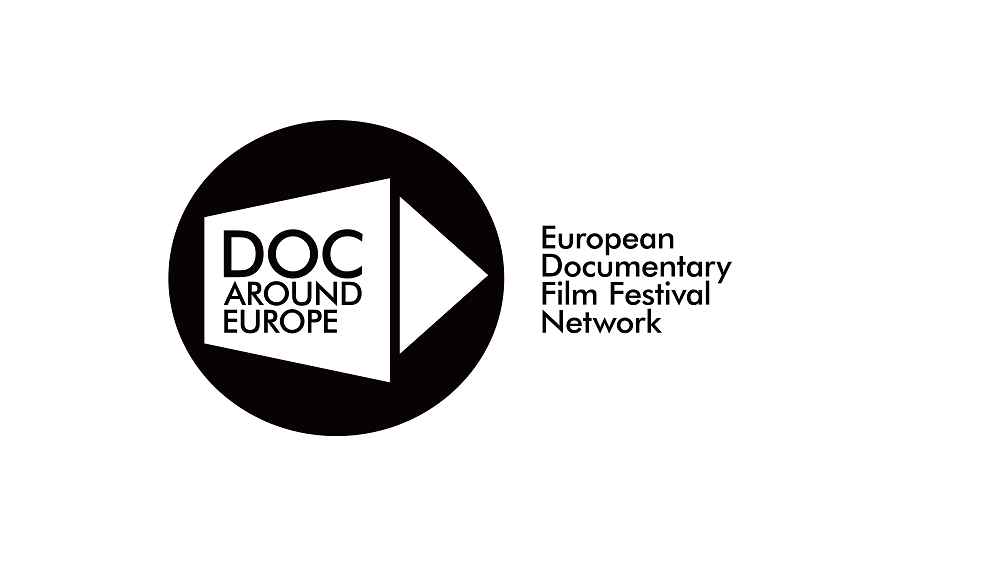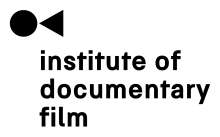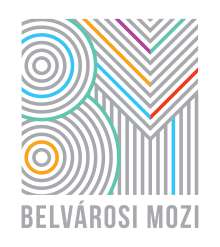A Life Between Wars. A Portrait Of A Life With Two Identities And None At The Same Time. This Rain Will Never Stop // Verzió X ELTE

However, if these outcomes affect Western countries, they dehumanize conflicts as if they were not led by people who have a past and a present life. (Nowadays we can experience these controversies in the conflicts at the Polish-Belarus border where refugees are treated like dangerous weapons.) In the film, Gorlova shows Andriy’s life, a Syrian-Ukrainian refugee, who although has two homelands, he is stateless. Thanks to this 20-year-old, the filmmaker portrays the refugee in a different way than what we are used to in mainstream media.
As Gupta and Miller mention in their essay Documentary Shorts on the Syrian Crisis and Critical Media Literacy (2017), this film is not only focused on Andriy's (and his family’s) exile, but also on his journey and the general idea of war. This Rain Will Never Stop reflects these three topics and one more. First, his exile in Ukraine is not usual due to his European identity. “The exile films describe the dire circumstances of refugees even after they have escaped war and left Syria.” – as Gupta and Miller sum up. He remains in Syria as a vague memory due to the fact he left Syria when he was a school student. Nevertheless, he maintains the traditions with his family in Europe. In fact, he talks to his parents and relatives in his mother tongue. From exile, he sees that distant but real world because of the situation he lives in Donbas. Gorlova defines this situation as experiencing “a constant psychological warfare” (Afta).
In addition to showing his life in Ukraine, the film also reflects on his feeling of guilt. When Andriy shows up as a Red Cross volunteer, he tries to explain that he wants to help in Donbas war due to his guilt about watching the Syrian war from far away. “I want to help. I don’t want to see my country's war in such a safe position”. Owing to the use of transitions, the filmmaker creates a parallel between the war in Syria and the war in Ukraine. Also, the use of black and white allows the two worlds to look the alike. “The first time I saw that nature it was black and white, there were lots of slag and industrial landscapes” – mentions Gorlova. So Andriy’s situation seems to have not changed compared to his brother’s life in Germany. He is settled, working and celebrating a wedding. A clarifying scene is the dance of the relatives celebrating the marriage: they keep dancing and the music changes when he returns to Ukraine. This is how their Syrian and Ukranian identities and war are reflected.
Regarding his feeling of statelessness and homelessness, the film shows Andriy’s frustrated feeling of belonging to his two homelands because both are at war. That feeling was heightened when the journey to Afghanistan began. This is a very different journey from that Gupta and Miller describe as “forced migration of millions of Syrians as they flee the war in Syria”. This is an infinite journey to find mental stability. A journey in reverse: the refugee returning home. On the trip to Kurdish Afghanistan, he realizes that he has lived so far from his family and he is a stranger there. As Garlova tries to show his world, she included in the film a conversation with an Afghan in which he asks him what life is like in the Western countries and if there is racism there. For his compatriots, he is a Westerner and they assume that his only concern is racism.
Finally, there is a narrative aspect that is not described by Gupta and Miller in the text. They include war, exile and journey narratives but the desire to find a “promised land” can be added, too. Andriy sees that his brother who lives in Germany has rebuilt his life and he and his other brother could too. He wants to enforce his father’s desire to continue studying but he also does not want to leave his two countries aside. Gorlova’s purpose was to show the refugee's world, not be critical of Russian or Syrian government: “I wanted to explore people’s desire to protect and to die for their country, for something.” At the end of this immersive documentary, the figure of the refugee is somehow portrayed as a person who has lost his roots, his direction and who needs to adapt to Western standards to rebuild his life. The last scene, in which Aliksy’s brother – formerly living in Afghanistan – is learning German, exemplifies the difficulties they face.
According to Gupta and Miller, “cine-testimonials” presenting the perspective of refugees help Western countries to understand the situation in which thousands of people live in the world. Since this ”rain of refugees” not only occurs in Syria, but also in Ukraine, Burma and African countries, too. The film portrays refugees as a persons who have to live between old and new identities, while owning neither in its entirety. Being a Syrian or being an Ukrainian? Or will Germany be the homeland which welcomes and accepts Andriy’s family?
References
Afta, K. (27th November, 2020). Alina Gorlova Explores the Cyclical Nature of War in ‘This Rain Will Never Stop’. Variety. https://variety.com/2020/film/global/idfa-alina-gorlova-this-rain-will-never-stop-1234841277/
FIFDH Géneve (3th March, 2021). Entretien avec Alina Garlova. https://www.youtube.com/watch?v=yH0Sq-nlNfY
Gupta, M. and Miler, C. (2020). Documentary Shorts on the Syrian Crisis and Critical Media Literacy. Afterimage, 25, pp. 13-19. http://online.ucpress.edu/afterimage/article-pdf/45/2-3/13/65120/aft_2017_45_2-3_13.pdf
Cristina Cabrera Mira
ELTE Film Studies
